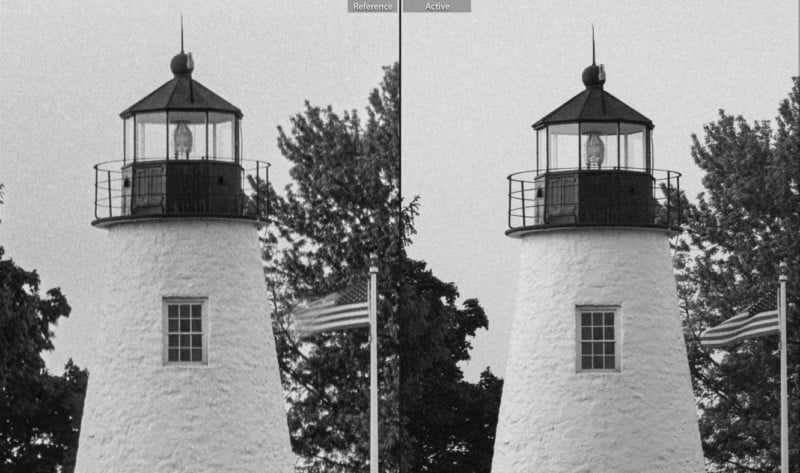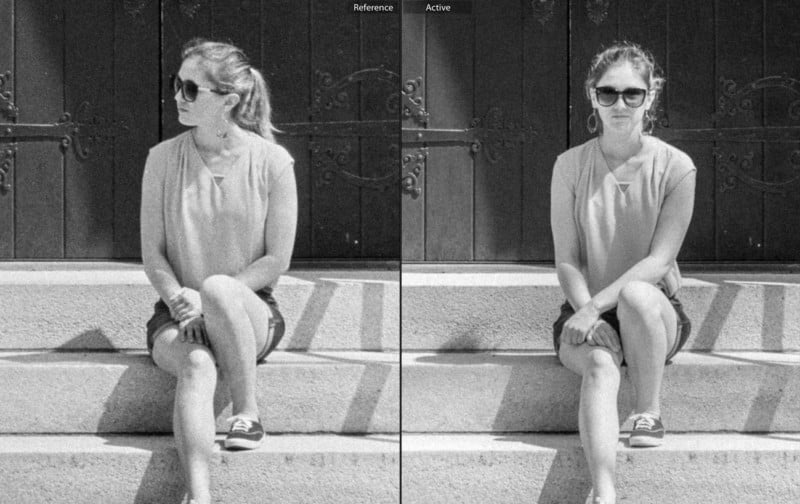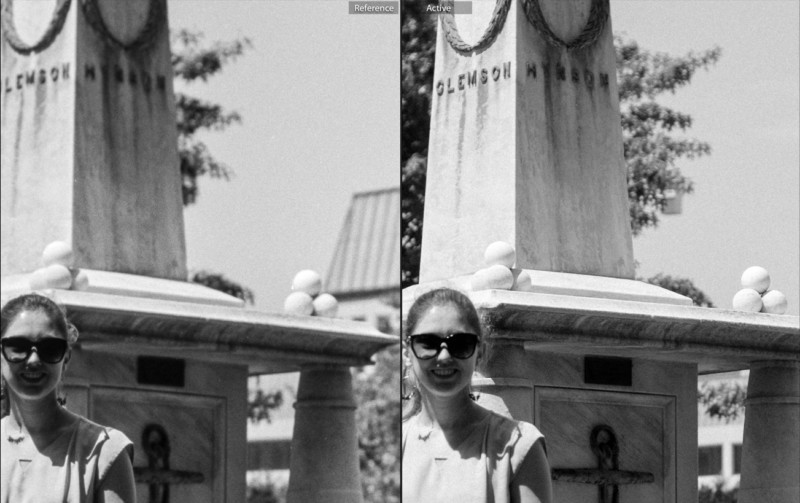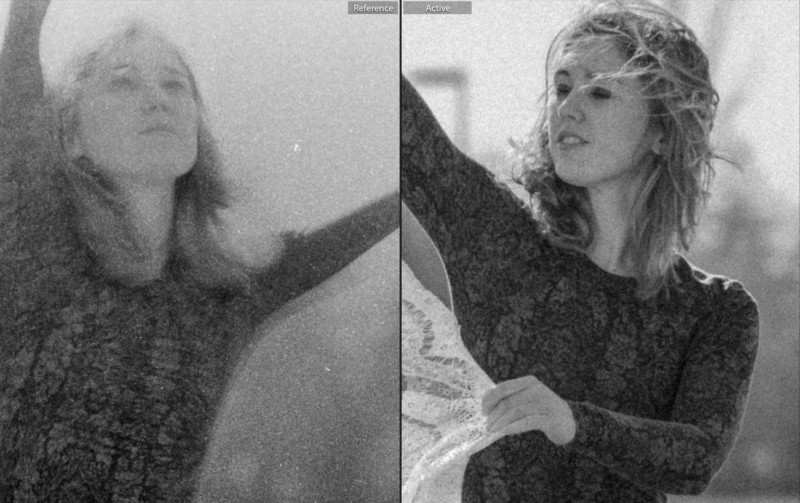Comparing Real Film Grain to Adobe Lightroom Film Grain
In my never-ending search for that “special” photographic look that sets me apart from the competition, I recently discovered that overexposing film increases the grain and adds a vintage pictorial look to my images. So I wanted to explore that look further. To that end, I wanted to find out if this film grain can be copied in the digital world using Adobe Lightroom.
I used Kodak T-Max 100 film (because that’s what I had) in my Nikon N90s body. And I set my Nikon D750 to native ISO (ISO 100) to ensure clean noise-free images were produced, so all my “film grain” would be exclusively produced in Lightroom.
These are the results:
Lighthouse. 5 stops overexposed in camera and 2 stops overexposed in the development process is easy to duplicate in Lightroom.
![]()

Gothic arched doorway. 3 stops overexposed in camera and 2 stops overexposed in the development process is easy to duplicate in Lightroom.
![]()

Cannon monument. 0 stops overexposed in camera and 2 stops overexposed in the development process is easy to duplicate in Lightroom.
![]()

Lace in the wind. 10 stops overexposed in camera. Could not copy this film grain in Lightroom.
![]()

These are the things I learned while producing this video: Grain in film is real. Film images are made of grain. Grain in the digital realm is a layer over the digital image. So digital grain is an additive on top of a digital image.
Summary
The film grain from slightly overexposed T-Max 100 (up to 7 stops) seems pretty easy to copy in Lightroom. But if you push film to extreme overexposure (which not many people are going to do, which is what makes it special), Lightroom can’t seem to copy it.
The grain from extremely overexposed T-Max has such a vast randomness in size, contrast, and structure that I was unable to copy it. I think probably the biggest hurdle was the softness and contrast of the grain structure. Extreme film grain seems to be unique to film.
This is a learning experience for me. If you do similar tests your results may vary.
Feel free to pixel peep a few of the images on my Flickr account. You may see a slight difference up close but generally speaking, customers don’t pixel peep, and prints should minimize those slight differences.
Equipment used: Nikon D750 (full-frame digital body), Nikon N90s (film body), Nikon 85mm f/1.8D, Nikon 50mm f/1.8D, Kodak T-Max 100 film. The film was developed with a fresh batch of Kodak D-76.
P.S. If you enjoyed this video and article, you can find more by subscribing to my YouTube channel.
About the author: Bill Lawson is a former full time professional photographer now hobbyist photographer based in Havre de Grace, Maryland, USA. The opinions expressed in this article are solely those of the author. Although Lawson has been shooting for over 30 years, he still considers himself a newbie in the world of photography. You can find more of Bill’s work on his website, YouTube, Instagram, and Flickr.